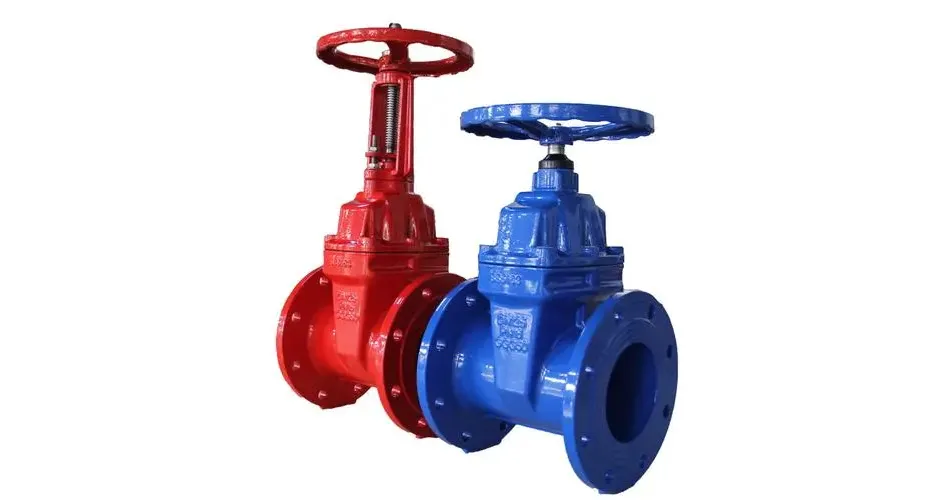Sep . 05, 2024 16:00 Back to list
alat ukur cylinder bore gauge
Understanding the Cylinder Bore Gauge A Vital Tool for Precision Measurement
Understanding the Cylinder Bore Gauge A Vital Tool for Precision Measurement
A typical cylinder bore gauge consists of a measuring head, a depth rod, and an adjustable arm. The design allows for easy handling and precise measurements. Users first insert the gauge into the bore, expanding the measuring arms outward to contact the cylinder walls. Once in position, the gauge provides a reading that indicates the diameter, which can then be compared against the manufacturer's specifications.
alat ukur cylinder bore gauge

One of the key advantages of using a cylinder bore gauge is its ability to measure not only the bore diameter but also to assess any wear or distortion. Over time, engine cylinders can experience wear due to friction and heat, leading to a condition known as cylinder ovality or taper. A bore gauge can reveal these issues by providing accurate measurements at different points along the cylinder's height.
Maintaining the accuracy of a cylinder bore gauge is critical to its effectiveness. Regular calibration and maintenance checks should be performed to ensure the tool remains precise. Additionally, users must be trained to operate the gauge correctly, as improper usage can lead to inaccurate readings and misdiagnosis of engine problems.
In conclusion, the cylinder bore gauge is an indispensable tool in ensuring the precision of engine components. Its ability to measure bore diameters accurately and detect wear makes it vital for automotive professionals aiming to optimize engine performance. By investing time in understanding and utilizing a bore gauge proficiently, technicians can enhance their diagnostic capabilities and maintain the quality of their work. The importance of this tool cannot be understated, as efficient measurement is at the heart of every successful mechanical endeavor.
-
Threaded Ring Gauge Measurement UncertaintyNewsJul.14,2025
-
Spirit Level Ruler Calibration CheckNewsJul.14,2025
-
Magnetic V Block Material GradesNewsJul.14,2025
-
Indicating Micrometer Digital DisplaysNewsJul.14,2025
-
How Accurate is a Typical Ruler with Right AngleNewsJul.14,2025
-
Go No Go Pin Gauge Temperature EffectsNewsJul.14,2025
Related PRODUCTS









